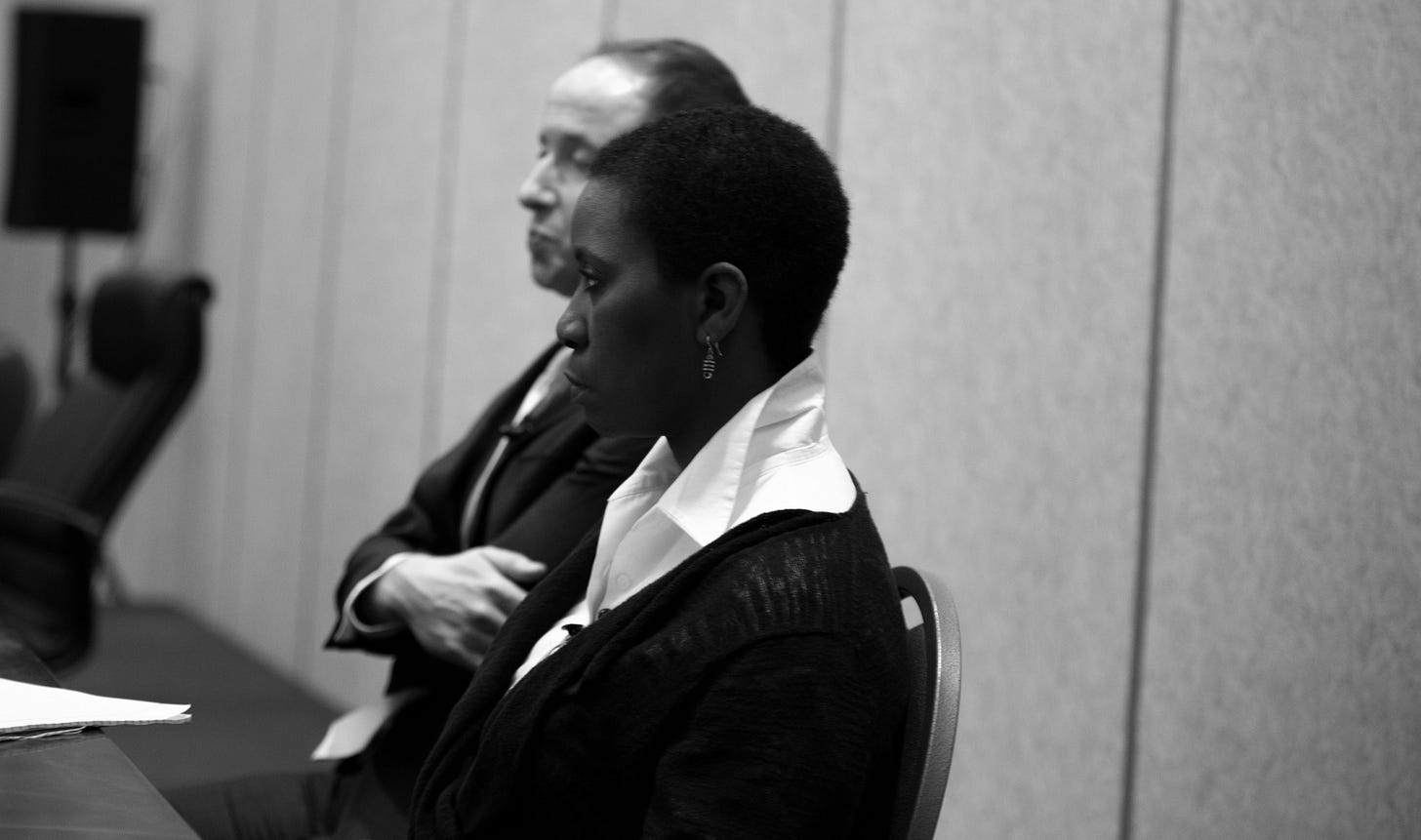What Is DEI, Really?
We asked ChatGPT...
In the last few weeks, we've had conversations with many DEI skeptics.
In the course of those discussions, we discovered there are many misconceptions about DEI. What exactly is DEI? What are the benefits? What is Trump’s real agenda?
Thanks to our new best friend Chat GPT, we hope the following might be useful.
AI Generated Content
1) What is DEI, Really? DEI stands for Diversity, Equity, and Inclusion.
Diversity: Bringing together people of different races, genders, sexual orientations, religions, backgrounds, and perspectives.
Equity: Ensuring that systems are fair, and people have access to the resources they need to succeed—this may mean giving more support to those who’ve historically had less.
Inclusion: Creating environments where everyone feels welcome, valued, and empowered to contribute.
Historical Origins: DEI efforts evolved from the Civil Rights Movement, Affirmative Action policies of the 1960s and 1970s, and ongoing work to address systemic inequities in education, business, and government. The goal is not to “favor” certain groups, but to correct imbalances created by decades (centuries) of exclusion and discrimination.
2) The Goals of DEI
To improve access to opportunity for historically marginalized communities.
To create more fair workplaces and schools, where talent and voice are not limited by race, gender, or identity.
To increase innovation, collaboration, and effectiveness by building teams and institutions that reflect a wider range of perspectives and life experiences.
Numerous studies show that diverse teams perform better. Inclusive organizations are more trusted by the public. Equity increases long-term stability and fairness in institutions.
3) Why Some People Say DEI Is “Bad”
This usually stems from misunderstanding, fear, or manipulation. Some people believe (or have been told) that:
DEI is about “hating white people” or “lowering standards.”
DEI is “reverse discrimination.”
DEI forces people to think or act a certain way politically.
But DEI at its core is not punitive. It’s additive. It’s about expanding opportunity, not taking it away.
4) Trump’s Political Use of Anti-DEI Rhetoric
Donald Trump and many in his political circle have used DEI as a scapegoat—a convenient “enemy” to rally political support from people who feel uncertain about rapid cultural changes.
In schools: Efforts to ban DEI programs often include restrictions on discussing race, history, gender identity, or systemic inequality. The idea is framed as “protecting children” from “wokeness,” but the impact is to limit honest education.
In corporations: Some states have threatened businesses that provide DEI training with legal consequences, claiming it promotes division. This puts companies in a tough position: support inclusion and face political heat—or quietly pull back and risk falling behind in employee engagement and innovation.
Framing DEI as a threat allows Trump and others to exploit racial anxieties, particularly among white Americans who fear they are “losing” status, jobs, or cultural influence.
5) The Fear of Becoming a Minority
Some white Americans are anxious about projections that, within a few decades, they will no longer be the numeric majority in the U.S.
This is sometimes called the “Great Replacement” theory—a false, racist idea that people of color and immigrants are being “brought in” to replace white Americans. It’s been echoed in political rhetoric and even violent acts, like the 2019 El Paso shooting.
When Trump attacks DEI, he’s signaling to people who feel this fear:
“You’re being left behind. And these programs are to blame.”
It’s not true—but it’s emotionally powerful. It turns a push for fairness into a cultural battleground.
6) The Real Benefits of DEI—for Everyone
White people also benefit from inclusive, equitable workplaces and schools. It builds empathy, improves communication, and prepares people for the real, diverse world we all live in.
DEI isn’t about replacing or silencing anyone—it’s about building a table big enough for everyone.
Do You Know This Man?: An Irreverent Memoir, is an ongoing exploration of the one character who eludes, confounds and mystifies. Me. Right now, it’s available for free, including being able to listen to some of my plays and dive into the best of Sportscape Magazine.
Current premium content available for free:
Listen to the original cast recordings of Persistence of Vision and Tops or Bottoms.
Watch a complete performance of Botanic Garden.
That’s the scoop!



